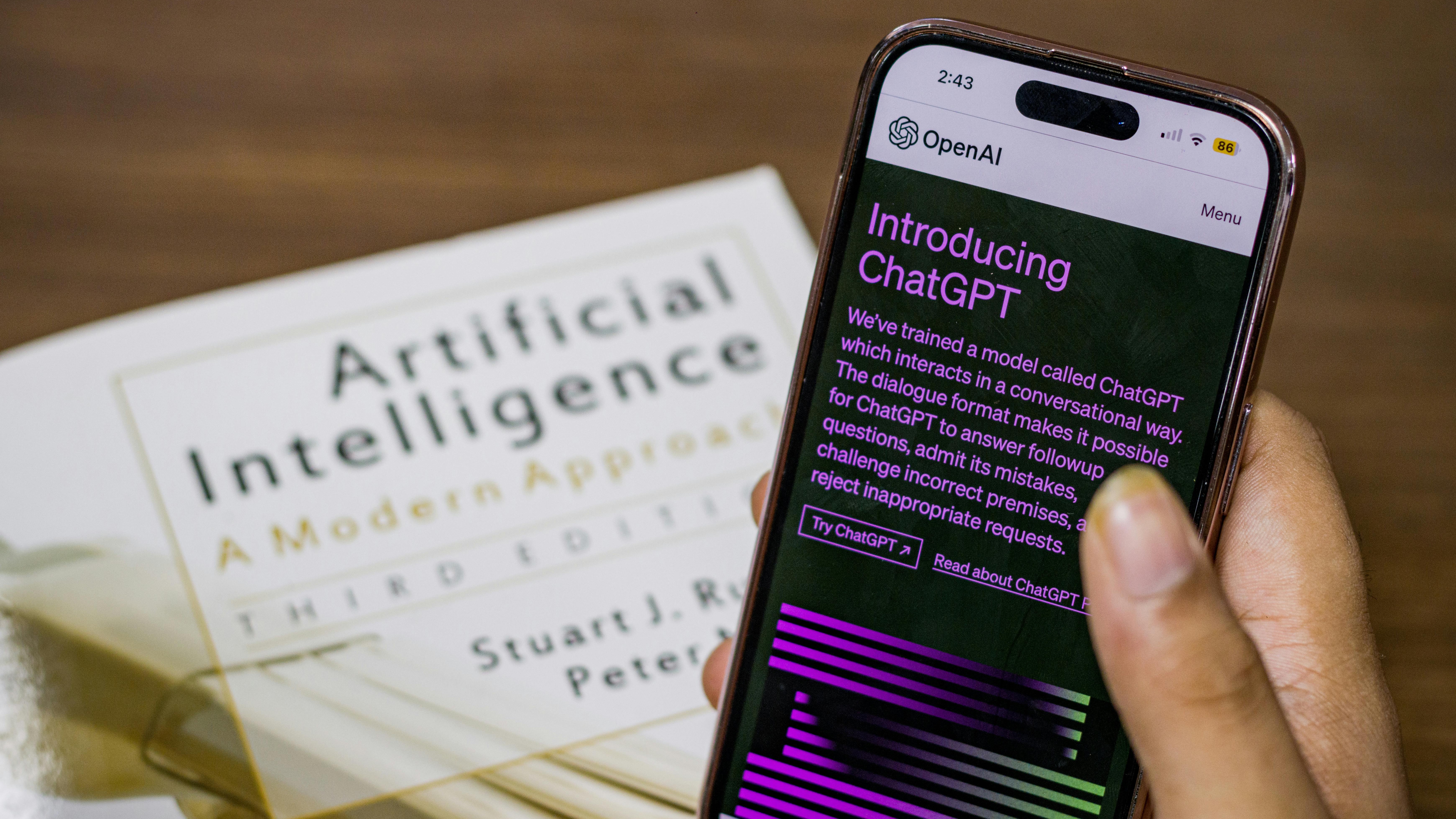
The Journey of OpenAI: From Research Lab to AI Giant
Understanding the evolution of OpenAI from its humble beginnings in 2016 to its current influence in AI technology can provide valuable insights for business owners. Initially a small research lab with just 14 members, their mission was grounded in curiosity rather than product development. They focused on exploring AI's capabilities through controlled experiments, paving the way for breakthroughs in machine learning. This initial phase saw the development of powerful models such as GPT-1, GPT-2, and ultimately, the groundbreaking GPT-3.
In 'Be and Stay Stay in the Moment: The AI Super Campus: Podcast Listening ChatGPT Networking Deep Dive,' we explore the fascinating journey of OpenAI and its transformational impact on the AI landscape, prompting us to analyze key insights that can greatly benefit business owners.
Gaining traction with GPT-3 and Beyond
One of the pivotal moments for OpenAI was the launch of the GPT-3 API in June 2020. Although the initial reception was lackluster, Silicon Valley innovators began to see potential in the technology, igniting a wave of creativity. The early applications revolved around copywriting services, which evolved as people began to engage directly with the AI in its playground interface. This user-driven interaction became a game-changer, leading to the creation of ChatGPT in November 2022, and ultimately attracting over 500 million users weekly. This evolution underscores an essential lesson—pay attention to user behavior and adapt accordingly, a crucial insight for entrepreneurs aiming to harness AI.
Strategies for Sustaining Growth in the AI Landscape
As OpenAI grew, maintaining agility became a priority. Sam Altman, OpenAI's leader, advocates for small, empowered teams that can deliver high-impact work without the hindrance of bureaucratic processes. This strategy counters the common challenge faced by large organizations, where increased headcount can lead to decreased productivity. Rather than adhering to a rigid long-term plan, OpenAI's flexible tactical approach allows them to adapt swiftly to the fast-paced changes in the AI landscape, a critical strategy for any business operating in today's market.
The Generational Divide in AI Adoption
Altman also pointed out a fascinating generational divide in how people engage with AI. Younger users, particularly those in their 20s, are leveraging tools like ChatGPT not just as chatbots but as integrated life advisors and systems for managing daily tasks. This contrasts sharply with older users who often view it as a replacement for traditional search engines. As a business owner, understanding these differences in user interaction can help tailor services or features that resonate with different demographics, expanding your market reach.
Looking Ahead: Predictions and Challenges
Looking into the future, Altman forecasted significant milestones in AI development from 2025 to 2027. He predicts advancements such as AI agents executing real work, large-scale scientific discoveries, and robots contributing economically. For businesses, staying ahead of these trends and preparing for their implications can present substantial opportunities. Furthermore, understanding the psychological resilience required during periods of change—whether integrating AI or navigating market shifts—can aid in recovery and growth, becoming a vital skill for entrepreneurs.
In conclusion, the insights gleaned from OpenAI's journey highlight not only the transformative potential of AI but also the strategies that businesses can adopt to stay competitive. With a focus on user engagement, flexibility, and forward-thinking, companies can navigate the evolving landscape of technology effectively. As we consider these insights, think about how AI can impact your own operations and drive innovation in your business.
 Add Row
Add Row  Add
Add 





 Add Row
Add Row  Add
Add 


Write A Comment